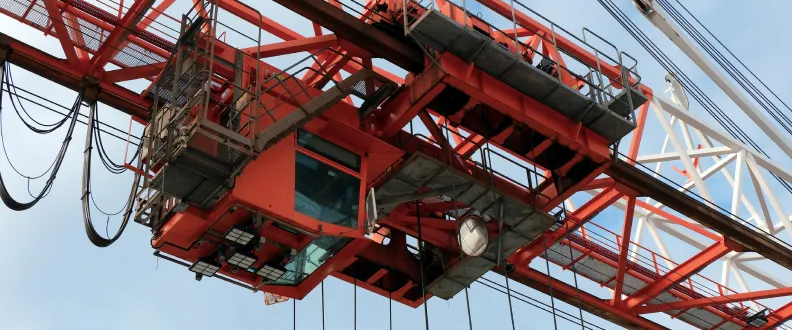
AI and Robotics Are Redefining Job Sites of the Future
The construction industry, long associated with manual labor and heavy machinery, is entering a new era powered by artificial intelligence and robotics. These technologies are transforming how buildings and infrastructure are designed and delivered, making work sites safer, faster, and more efficient.
From brick-laying robots to autonomous earthmovers, companies such as Construction Robotics and Built Robotics are leading the charge. Their machines can perform tasks like trench digging, brick placement, and equipment operation with minimal human oversight. For an industry facing persistent labor shortages, automation provides not only cost savings but also greater consistency in quality.
Safety is another major driver. Robotic arms and mobile units are increasingly used to take on repetitive or hazardous duties, reducing the risk of injury and freeing skilled workers to focus on oversight and problem-solving. Wearable exoskeletons are also gaining ground, enabling workers to lift heavy loads with less strain, improving both safety and productivity on the job site.
AI’s role extends well beyond physical labor. Machine learning systems are now embedded in project planning, where they predict risks, optimize schedules, and even analyze drone footage to detect issues early. These tools allow managers to address potential problems before they escalate into delays or costly mistakes.
According to industry research cited by ForConstructionPros and ENR, the construction robotics market is growing rapidly, with forecasts suggesting it could exceed $166 billion globally by 2030.
This technological evolution isn’t a distant possibility; it’s happening now. By combining human expertise with intelligent machines, the construction sector is laying the foundation for smarter, safer, and more efficient projects, reshaping the very nature of how the built environment comes to life.
